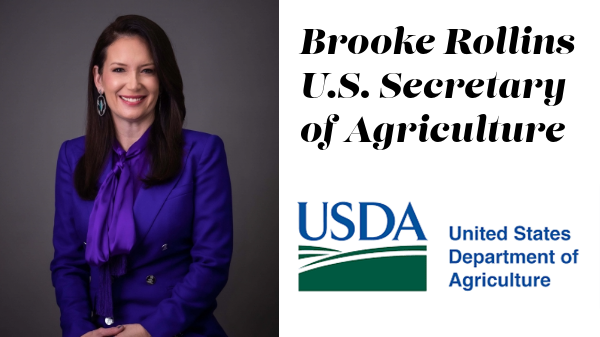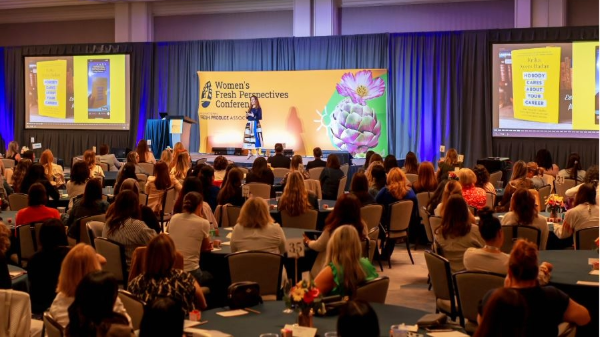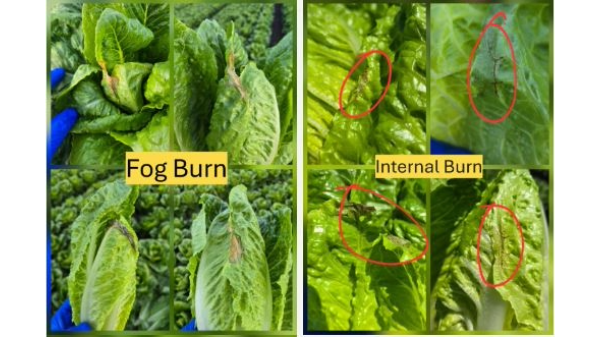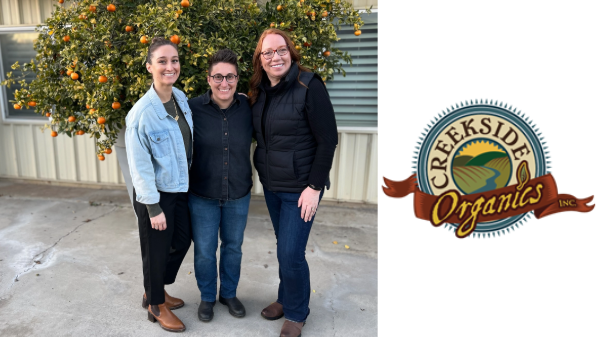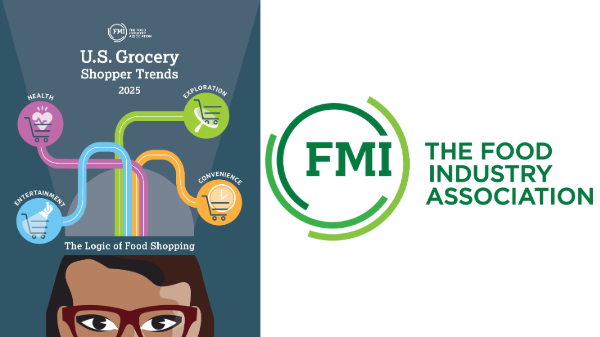Welcome to Blue Book!
Are you ready to join the thousands of companies who rely on Blue Book to drive smarter decisions? View our plans and get started today!
Still have questions? We’d love to show you what Blue Book can do for you. Drop us a line– we’ve been waiting for you.
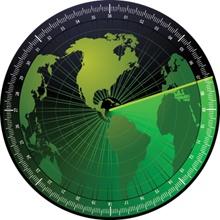
Kim Flores, marketing manager for Seald Sweet International in Vero Beach, FL agrees, “It depends on region and protocol. It’s taken Uruguay a number of years between registering and final approval of their product to be received into the United States. They had to demonstrate their practices met USDA and APHIS regulations, and there were a number of other hurdles they had to overcome to gain admissibility to the U.S. market.” Soon, she says, “We can expect shipments of mandarins and navel oranges.”
Once a shipment arrives at a U.S. port, there can be even more obstacles. “All imported produce is subject to inspection. If an inspector finds that an imported fruit or vegetable is prohibited, not accompanied by required documentation, or infested with a quarantined plant pest—the entire lot or consignment may be refused entry into the United States,” states Ken Gilliland, director of international trade for the Western Growers Association in Irvine, CA. However, it’s not just infestation or competition that makes importing produce into the United States difficult. In the last decade, the threat of bioterrorism has required major changes in how food is received into the country.
Dr. David Gombas, senior vice president of food safety and technology at the United Fresh Produce Association, says the “Bioterrorism Act changed the authority within the U.S. government. Now that Customs (U.S. Customs and Border Protection) and the border patrol are involved, a big concern with imported produce is moving it across the border quickly. If the paperwork doesn’t match, everything stops.
“To speed things along, the FDA developed PREDICT (Predictive Risk- based Evaluation for Dynamic Import Compliance Targeting),” continues Gombas, “which anticipates the likelihood that an incoming import requires inspection. There are still growing pains, but it has promise speeding cross-border transactions.” Another program being evaluated is the Voluntary Qualified Importer Program or VQIP, which Gombas likens to an airport Trans-portation Safety Administration “frequent flier” preliminary check.
Rules & Regulations
The most consistent advice for facilitating imports into the United States has been to work with an experienced importer who has an understanding of market conditions including domestic competition, consumer acceptance, seasonality, and freight costs. Importers must also be familiar with the latest regulations from the USDA, FDA, Customs, and Department of Homeland Security. In addition, both the Produce Marketing Association and United Fresh trade organizations represent the interests of importers.
Julie Manes, director of government relations for United Fresh, says, “We work with importers to navigate regulations and interface with the USDA, FDA, and Customs as well as reaching out to Capitol Hill to help facilitate dialogue. For example, we’re advocating for more personnel in ports to speed exams and inspections.



